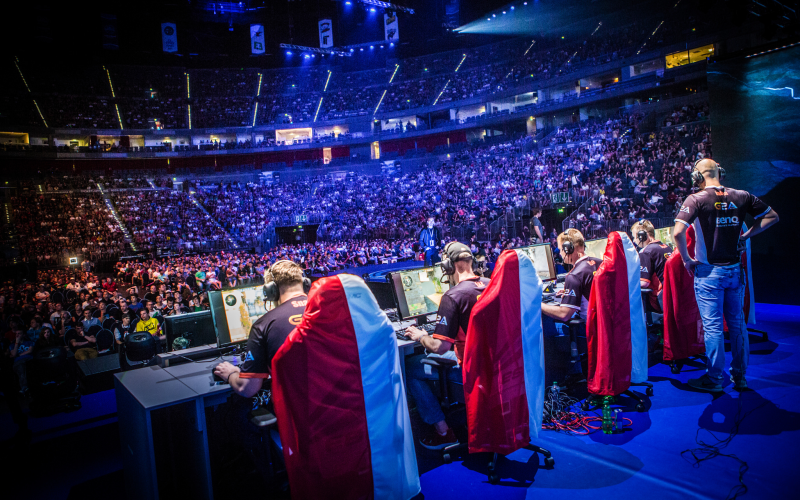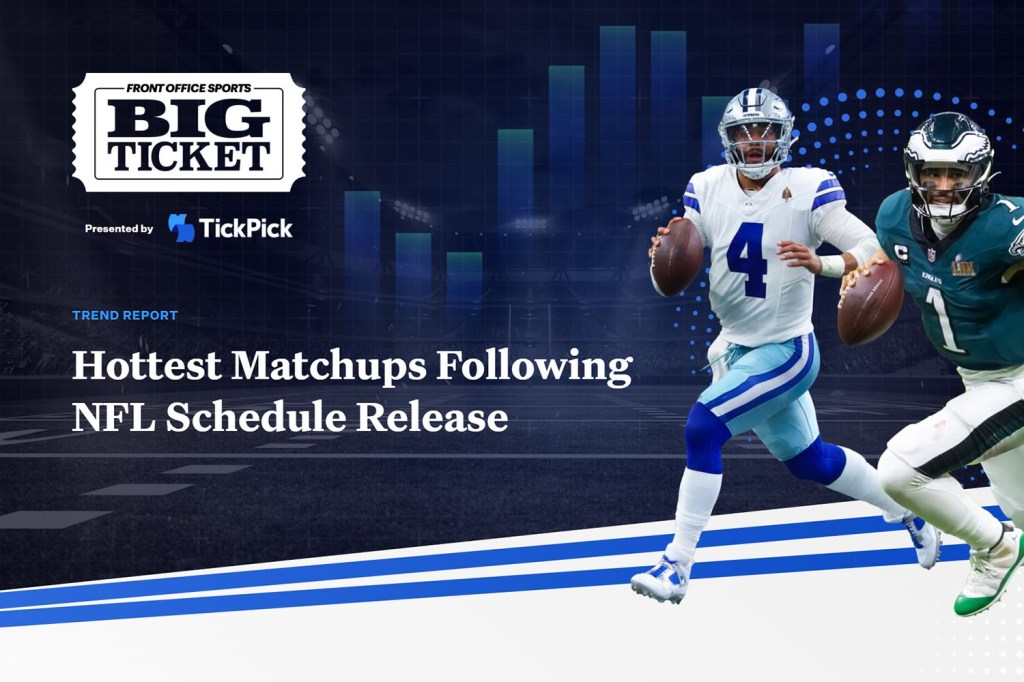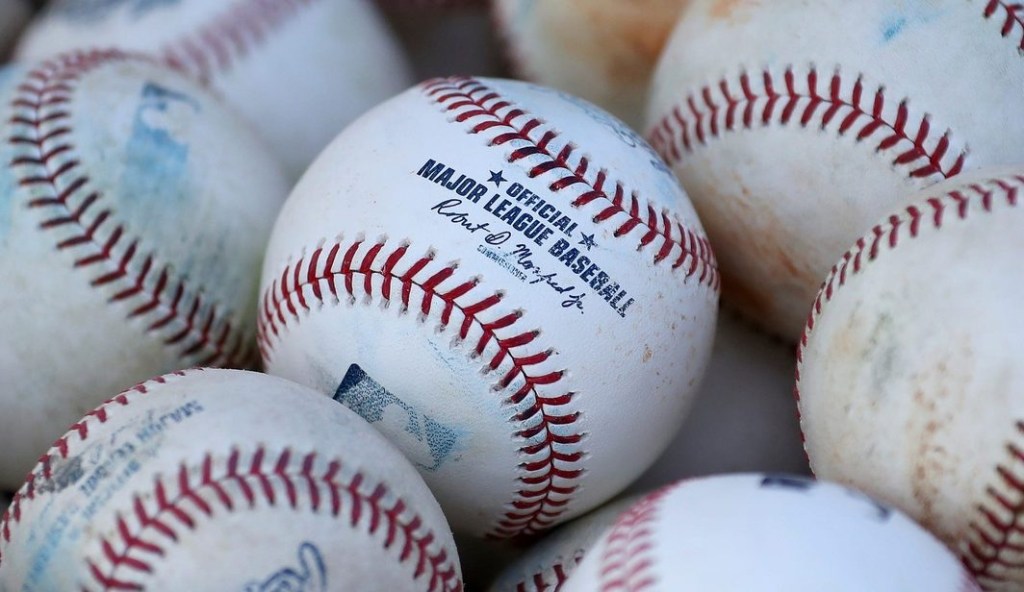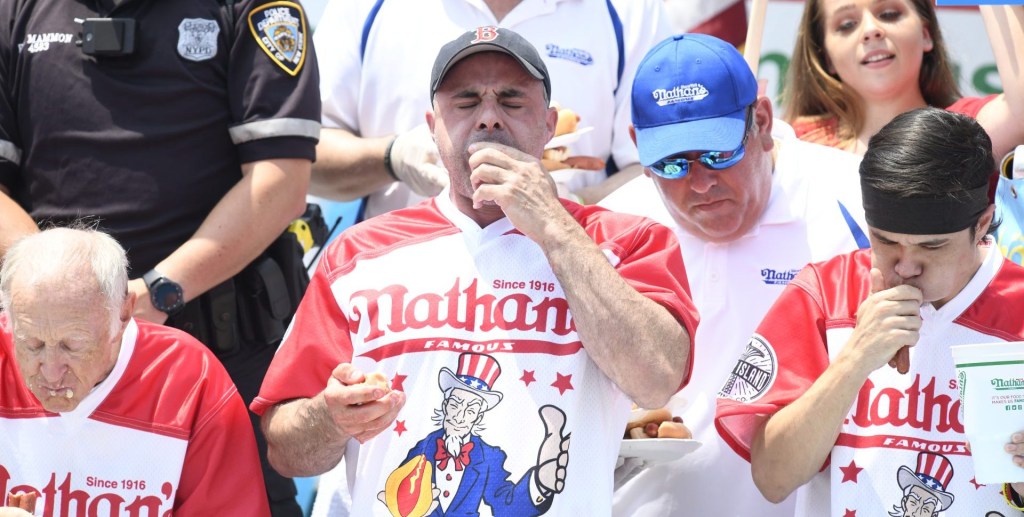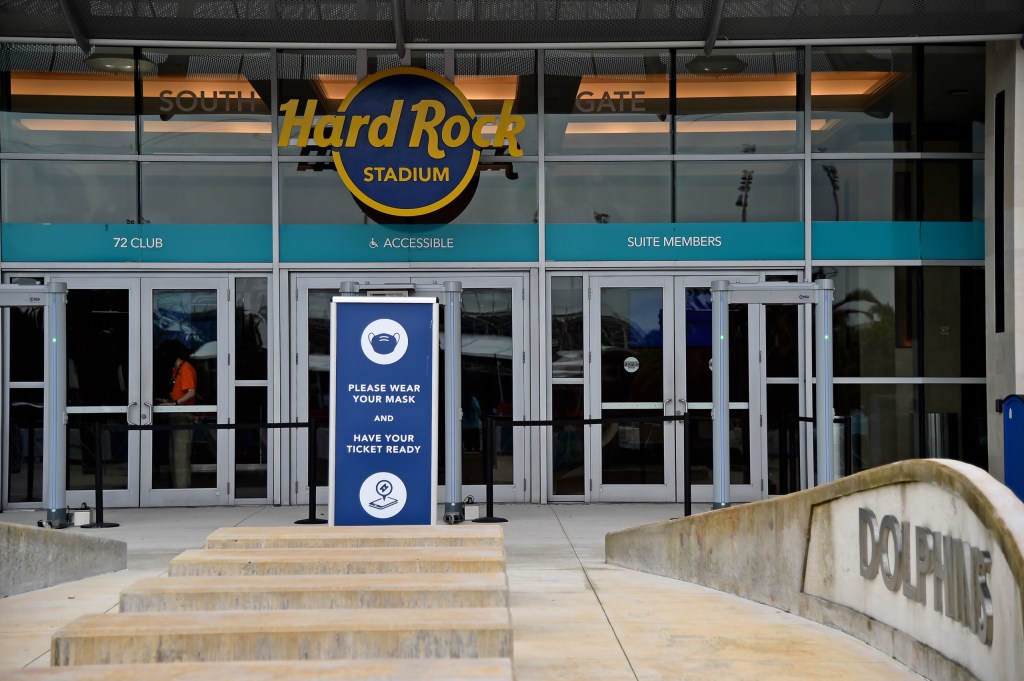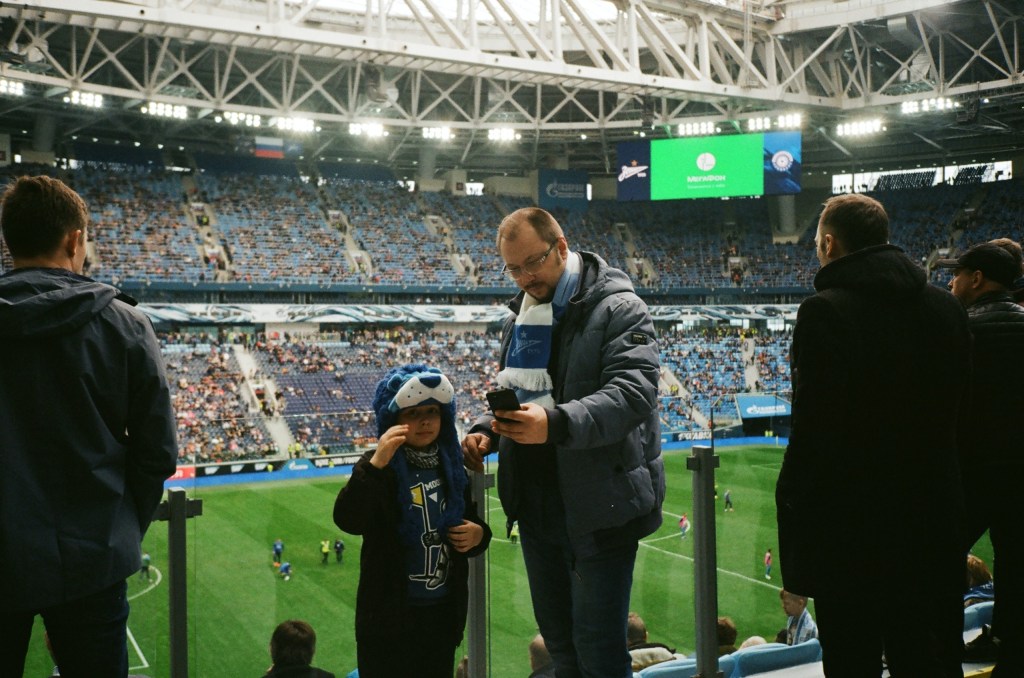Now more than ever, esports are presenting new and innovative ways for brands and rights holders to establish meaningful connections with fans and consumers. However, a certain level of understanding is key to fully grasp the opportunities esports have to offer.
In this webinar, Joe Marsh, CEO of T1 Entertainment & Sports, and Tia Smith, Esports Lead from GumGum Sports join FOS CEO Adam White for a discussion on how brands and traditional sports properties can activate in esports with real-life examples of how brands are seeing success.
Edited highlights appear below:
How is the landscape of esports changing and what kind of value is esports bringing to brands? (02:31)
Smith: “I’ll go ahead and start at a high level by breaking esports down into three different verticals: tournaments and leagues, teams, and influencers and players. While esports was slated for big success in 2020 with the tournaments and leagues expansion, franchising and regionalization, expanding into influencer agencies, and player crossover with traditional sports, COVID-19 caused a lot of the in-person esports events to be moved to an online format. We’re seeing more opportunities for traditional sports rights holders and brands to enter the space who might not have had that opportunity before. We’re seeing traditional sports rights holders opening up channels on Twitch and exploring streaming for their partners. Different groups across sports are now looking to esports and want to know how they can rethink their branding and how they can deliver media to their fans.”
SEE MORE: Future of Sponsorships: Raising the Bar in Sport
What kind of brand activations are reaching esports fans that are both positive and additive during a time where brands don’t know if they should be marketing or not? (12:51)
Smith: “Brands can reach esports fans by diversifying between all of the different verticals. Look at sponsoring a tournament, team, maybe a league or a particular influencer or player. Really look at mixing and matching and understanding the esports landscape and how to best capture the esports audience, so they’re engaging with that product. One of the most valuable assets in esports is the gameplay overlay and that would be branding that’s rotating on the corners or sides of a player’s stream. It gives very clear exposure to that brand and a lot of those digital integrations are very common in esports broadcasts from the lower thirds to digital swipes to integrations and the analyst destined throughout the broadcast. We also see a lot of in studio branding as well.
SEE MORE: The Brand Guide To Optimizing Sponsorship Performance
How can traditional sports draw inspiration from esports, and are you expecting a trend of brand dollars shifting over to esports from traditional sports? (26:48)
Marsh: “At T1 we’re looking to partner with traditional sports teams. Partnering with traditional sports teams, like NFL or Major League Baseball, doesn’t necessarily have to be in conjunction with the game they play to host esports tournaments. Bringing in a traditional sports partner is a way to let the traditional team target our younger demographic and for us to have the marketing leverage and power of a traditional sports franchise who has the marketing dollars. I think they can certainly coexist. I think with esports becoming more mainstream and the stigma of esports going away from what people’s perception of esports is versus what it really is, I think you’ll start seeing brands find value in esports. “
SEE MORE: Rising 25 Class of 2020
As you continue to have conversations with brands, what are the most in-demand brand placements this season? (34:09)
Marsh: “They’re looking for something we can’t offer just yet–the european-style football center large jersey location. From a retail perspective they want to be included on any retail jerseys, but they also want to be seamlessly integrated into pieces of content that’s authentic. They don’t want to just put their logo on something because these sports communities are very fickle and fans will call out when it isn’t authentic, so they want to make sure when the brand is represented, it is within their brand ethos, but they also know they have to be a little bit nimble and have some fun.”
What advice do you have for brands who haven’t invested in esports and how can they be successful when they do? (40:15)
Smith: “Make sure you have a strong hold on the Esports landscape, and that can mean everything in terms of what games are popular what teams are popular to what tournaments are going on right now. Don’t forget to keep brand safety in mind. There’s a huge variety of games out there everywhere from shooting games to MOBAs to sports simulators to everything else that are qualifying as ESports.”
Marsh: “If possible, know the language. So it’s esports–all lowercase. Unless it starts a sentence. It’s not “e” capital “s”, definitely not a gaming. We’ll see you coming a mile away with that stuff, but that’ll help you come off more authentic and well researched more than anything.”
